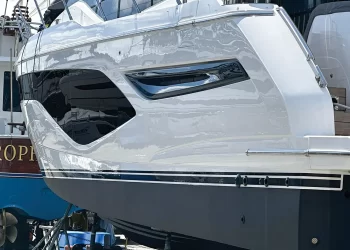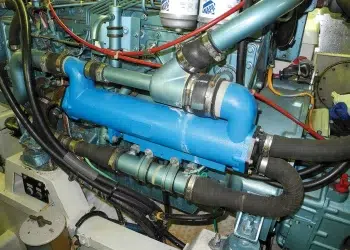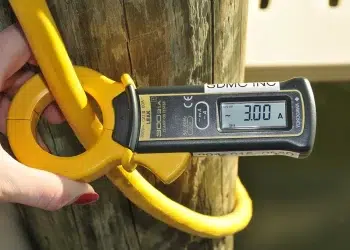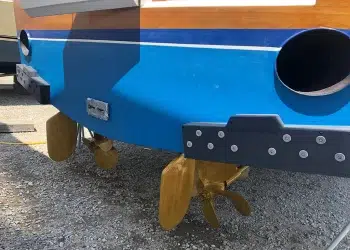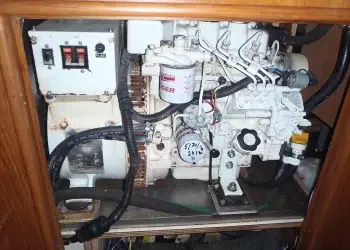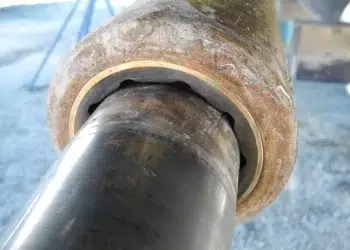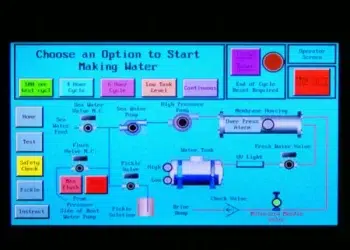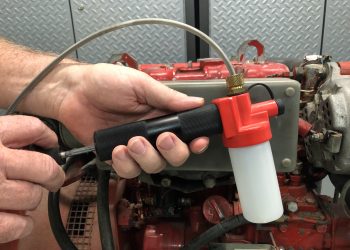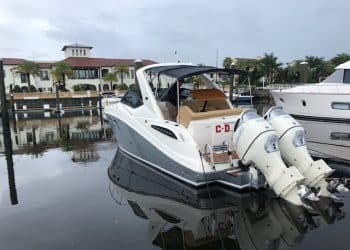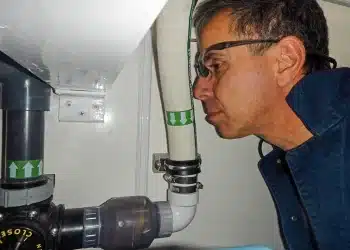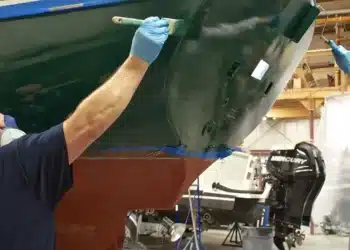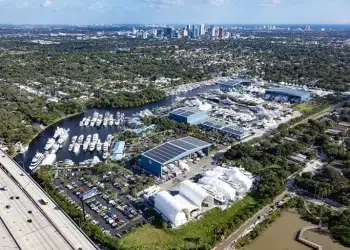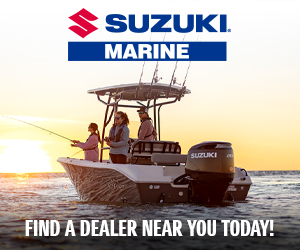Haul-Out Guide
Ceramic Coating vs Wax for Boats: What’s the Best Protection?
Choosing the best protection for your boat. The real question is: Do you want the superior, long-lasting protection of ceramic...
Read moreDetailsInboard Cooling System Maintenance: Practical Tips for Performance And Longevity
Inboard Cooling System Maintenance Must-Knows Flush your inboard system. In an earlier issue, we discussed the need to flush outboard...
Read moreDetailsThe Truth About Hertz: Understanding Shore Power Safety Internationally
The Truth About Hertz Foreign shore power and safety It’s easy to take shore power safety for granted—almost every dock...
Read moreDetailsThe Humphree Stabilizer System: A Complete Installation Guide
How to install the Humphree stabilizer system A Hatteras motoryacht refit is always a good learning experience. Meeting with a new...
Read moreDetailsGenerator Overhaul: Do You Need To Repair Or Replace?
Power Struggle: Looking At A Generator Overhaul Should you repair or say goodbye to your old generator? Your old, unreliable...
Read moreDetailsCutlass Bearing Maintenance: The Easy and Comprehensive Guide You Need
Check Your Cutlass Bearing Maintenance is essential to keep the propeller running smoothly. When you hear the word cutlass, it...
Read moreDetailsA Reliable Watermaker: Your Guide To Fresh And Clean Water
Watermaker WoesEnsuring Freshness: The Art of Watermaker MaintenanceMost water-making equipment on boats today use the reverse osmosis (RO) technique for...
Read moreDetailsYou Need to Know The Importance Of Boat Engine Oil Analysis
Understanding the Need for Boat Engine Oil Analysis Do a fluid analysis on your engine to extend its service life....
Read moreDetailsEffortless Dock Maintenance: Expert Tips For A Well-Maintained Waterfront
You regularly clean and maintain your boat, but keeping your dock in good condition requires the same level of inspection...
Read moreDetailsPowerful Shift: Sterndrive to Outboard Conversions Surge!
Swapping a Sterndrive for an OutboardOlder boats are getting a new life as outboard repowers soar. When the sterndrive engine, aka...
Read moreDetailsThe Sanitation System Sniff Test: Powerful Odor-Free Tips
The Sniff Test Sanitation system plumbing can be made both leak- and odor-free. As the client and I hunkered down...
Read moreDetailsChoosing The Right Paint For A New Coat On Your Boat
Use The Right Paint For A Shiny New Coat Choose the right topside paint based on its qualities and ease...
Read moreDetailsWhat To Look For When You Need A Boat Yard
Yard Work What to look for in a yard when it’s time to do some serious work on the boat....
Read moreDetails

